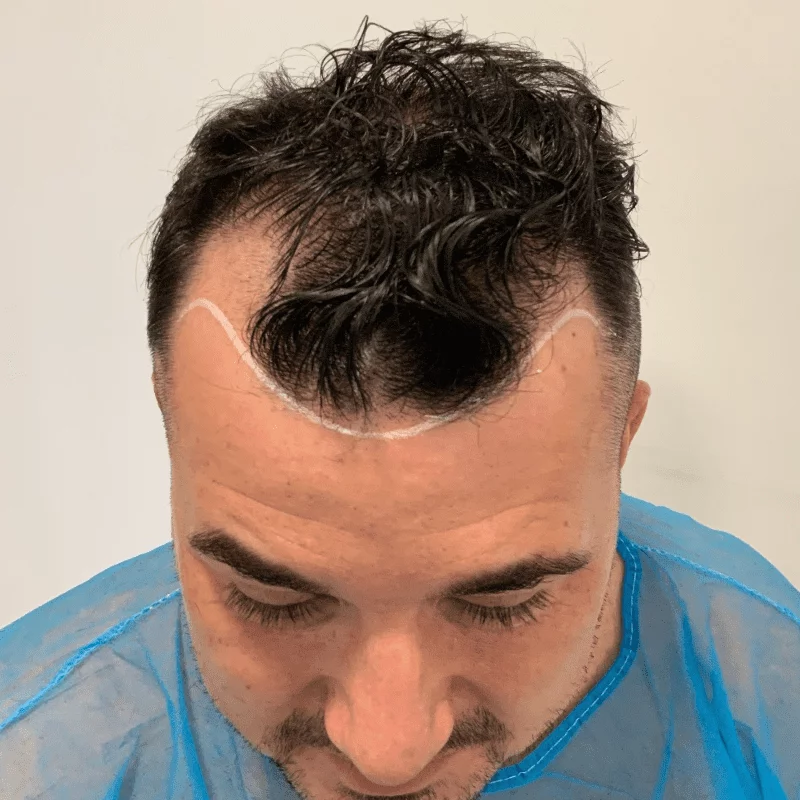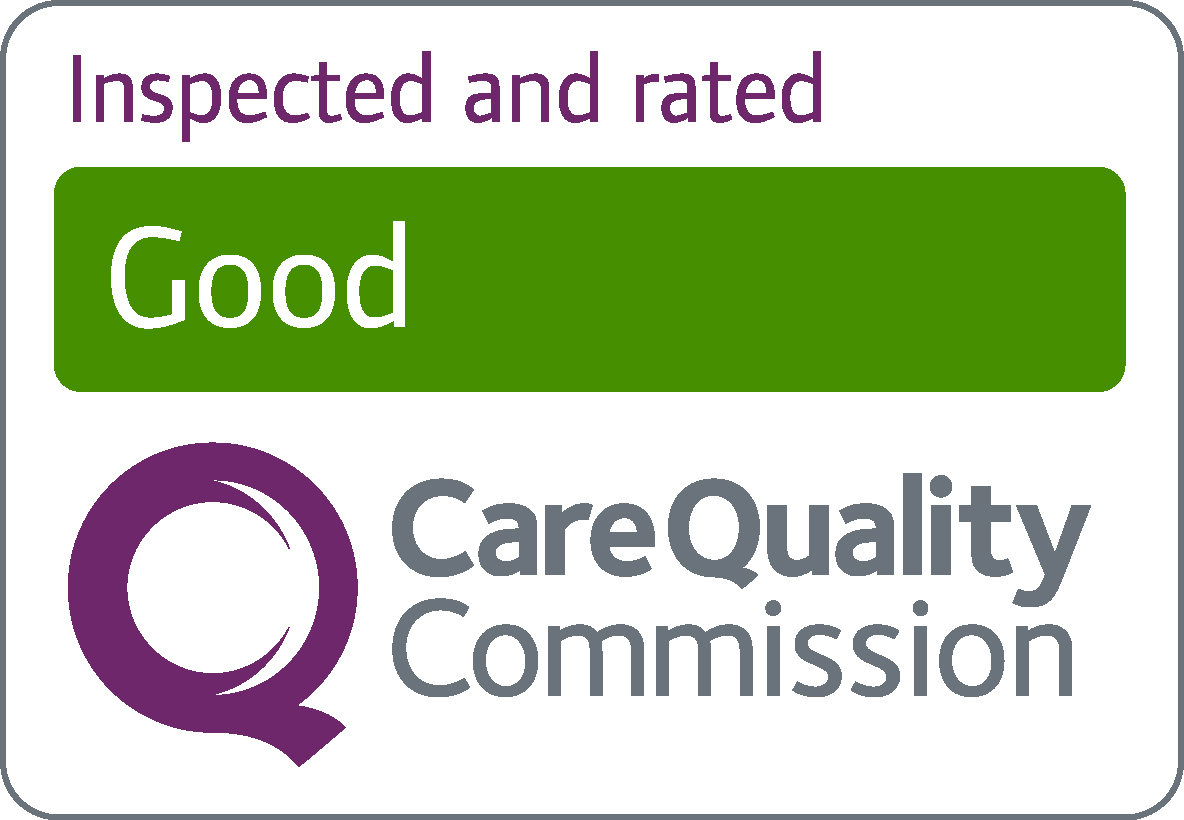An FUE hair transplant might only take a few hours to complete at the clinic but it takes a little bit longer than that to heal. There is no magic bullet for the healing process, you simply have to wait and let nature take its course. Here’s what you can expect after the one-week mark.
What To Expect from your hair transplant after 1 week
After one week of your hair transplant your scalp will be in the first stages of the healing process. It may be delicate and you will see some scabs forming. This is normal and a good first sign of healing. It is imperative you don’t pick or interfere with the scabs. You might experience some itching but if you scratch it could damage the hair follicles and set back the healing process.
It’s important to follow the recovery programme that your clinic has provided you after the procedure. This means keeping the area moist and applying the products as instructed.
At this point, you should be resting to allow the head or face to heal. During the first week after your hair transplant, you can experience minor discomfort in the donor area but the pain should be manageable with over the counter pain medication.
What’s Happening To The Hair after week one?
At first you might be excited to see some new hairs growing in the area as it did when it was in the donor area. You may be getting a little excited which is normal but don’t get too attached to these hairs prematurely! Those initial hairs that grow are not part of your hair graft, they are instead normal hair growing out. Your skin grafts will start to take effect once they are embedded in the skin.
The first week after a hair transplant is a critical time as the grafts may still have the ability to fall out in the first few days after the procedure. It’s important that you take extra care and follow your surgeon’s advice.
You may still have swelling in the recipient area which is mainly due to the local anesthetic used during the procedure. This is normal and should gradually reduce over the next few days.
What Can You Do?
After one week your hair is still in a vulnerable position – so the short answer is – not much. It’s important that you use this time to rest, avoid strenuous activity, do not touch the area. It’s important that you remain in an upright position to allow the grafts to ‘bed in’ and prevent any from falling out. This is why we always advise that you sleep in an upright position with an inflatable travel pillow for the first five days although some may use it for the whole two weeks (you may find this sleeping position uncomfortable).
Your recipient area will start to scab and itch but it’s important not to touch it. Do not physically touch the area until after two weeks.
One week is still very early for your hair transplant journey and at this point, you need to remind yourself of what you hope to achieve in the next 6-12 months for your hair. The minor discomfort and downtime will all be worth it in the end!
If you need to speak to an UK hair transplant professional, you can contact us at the locations below:



